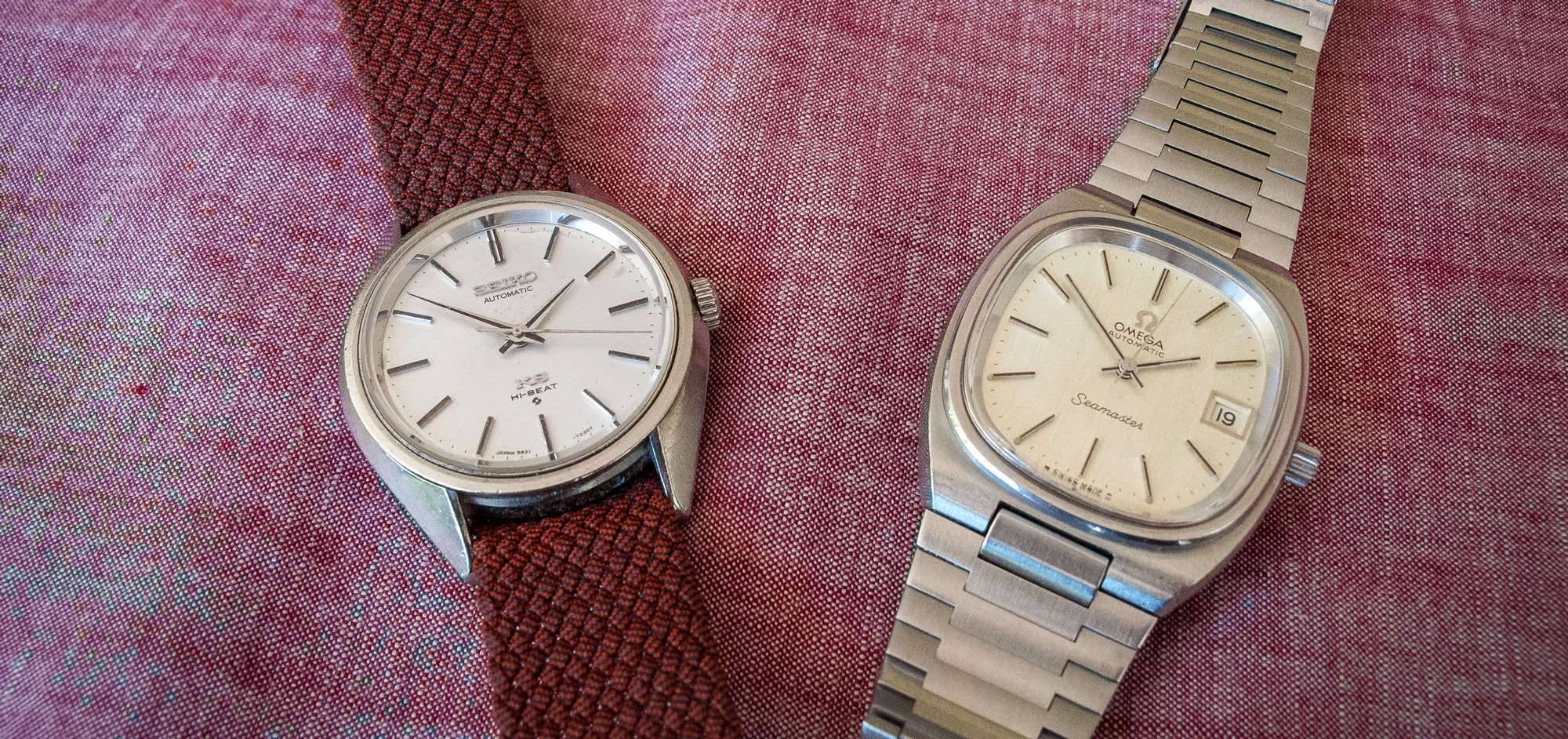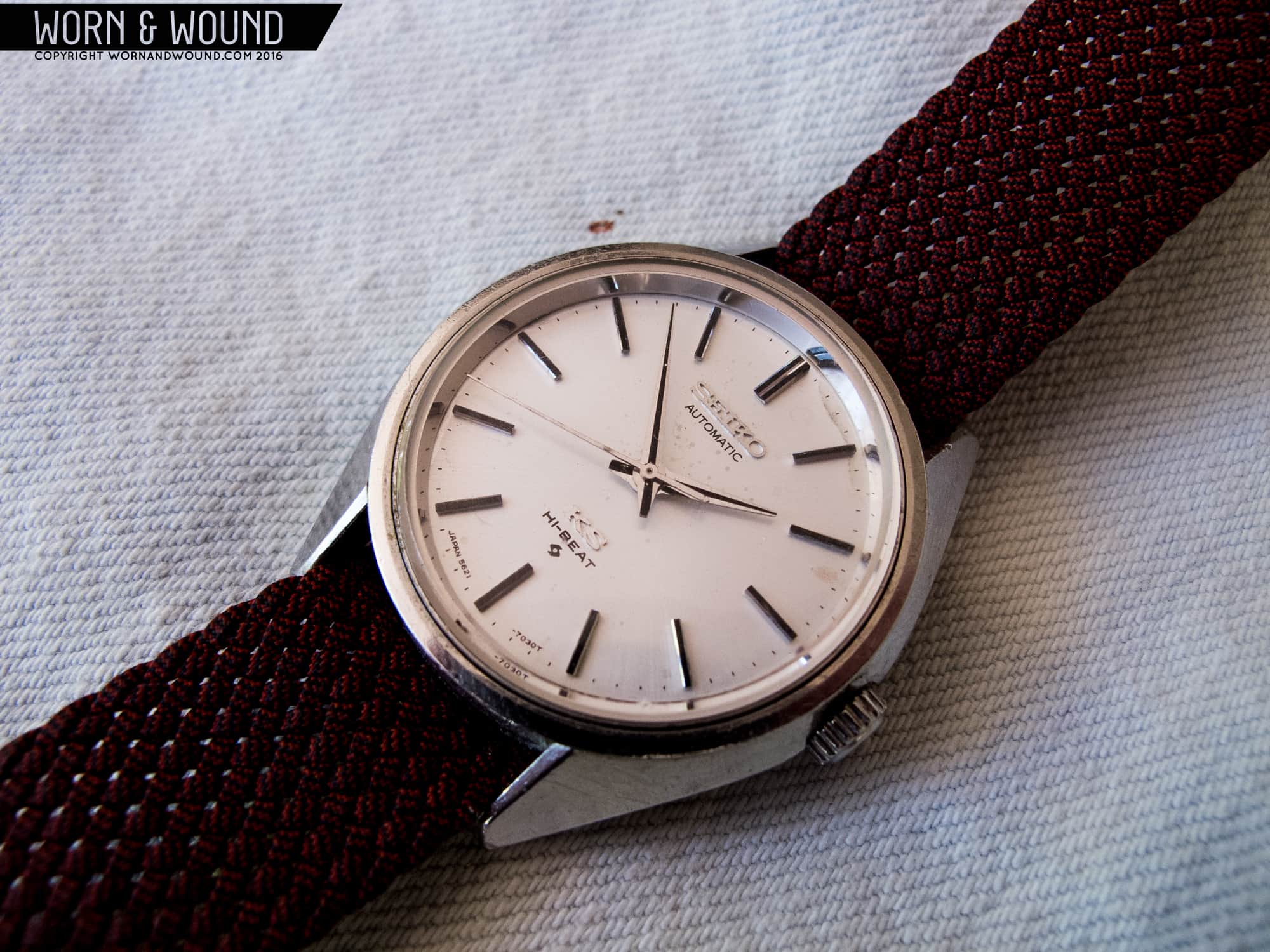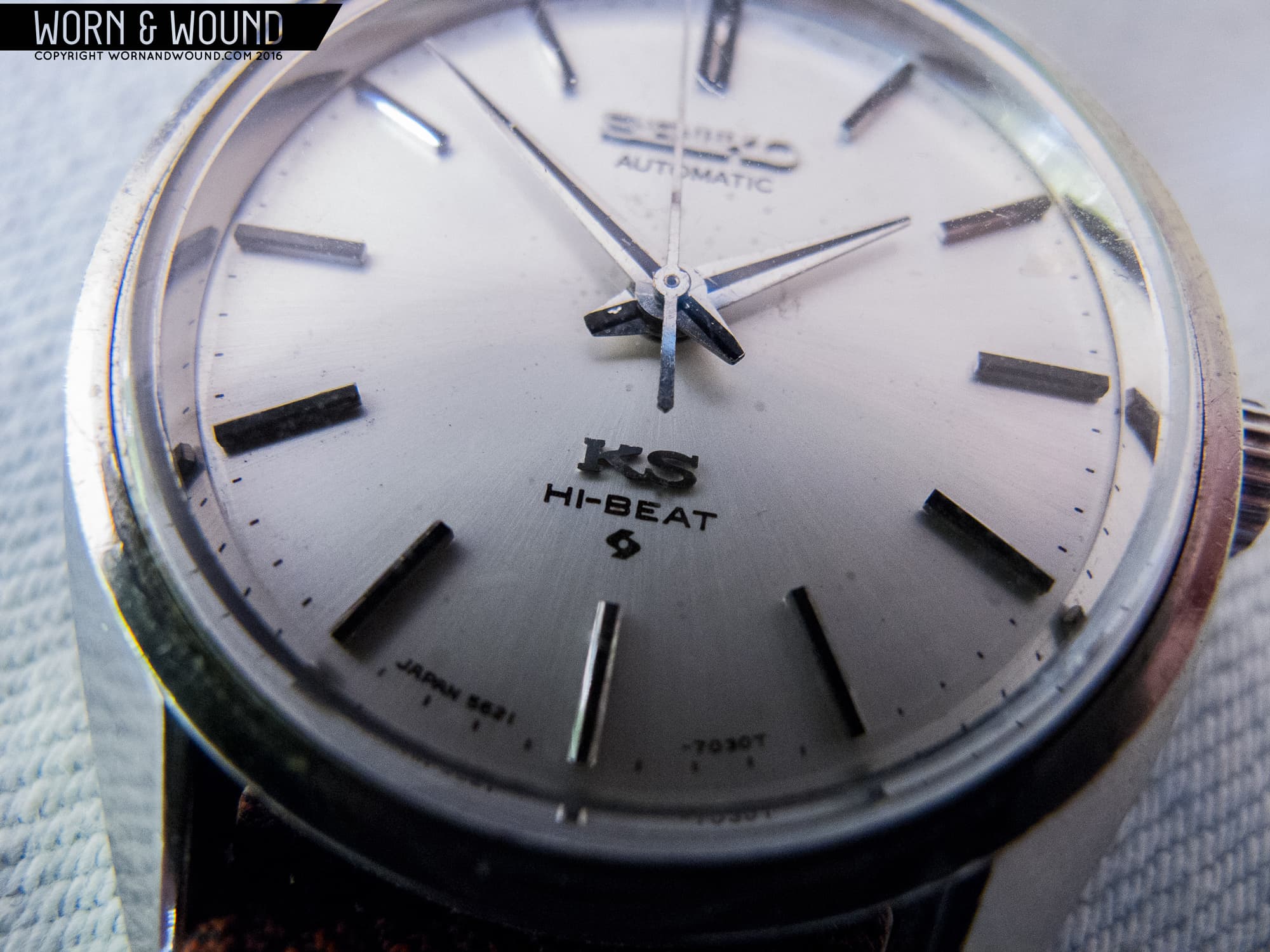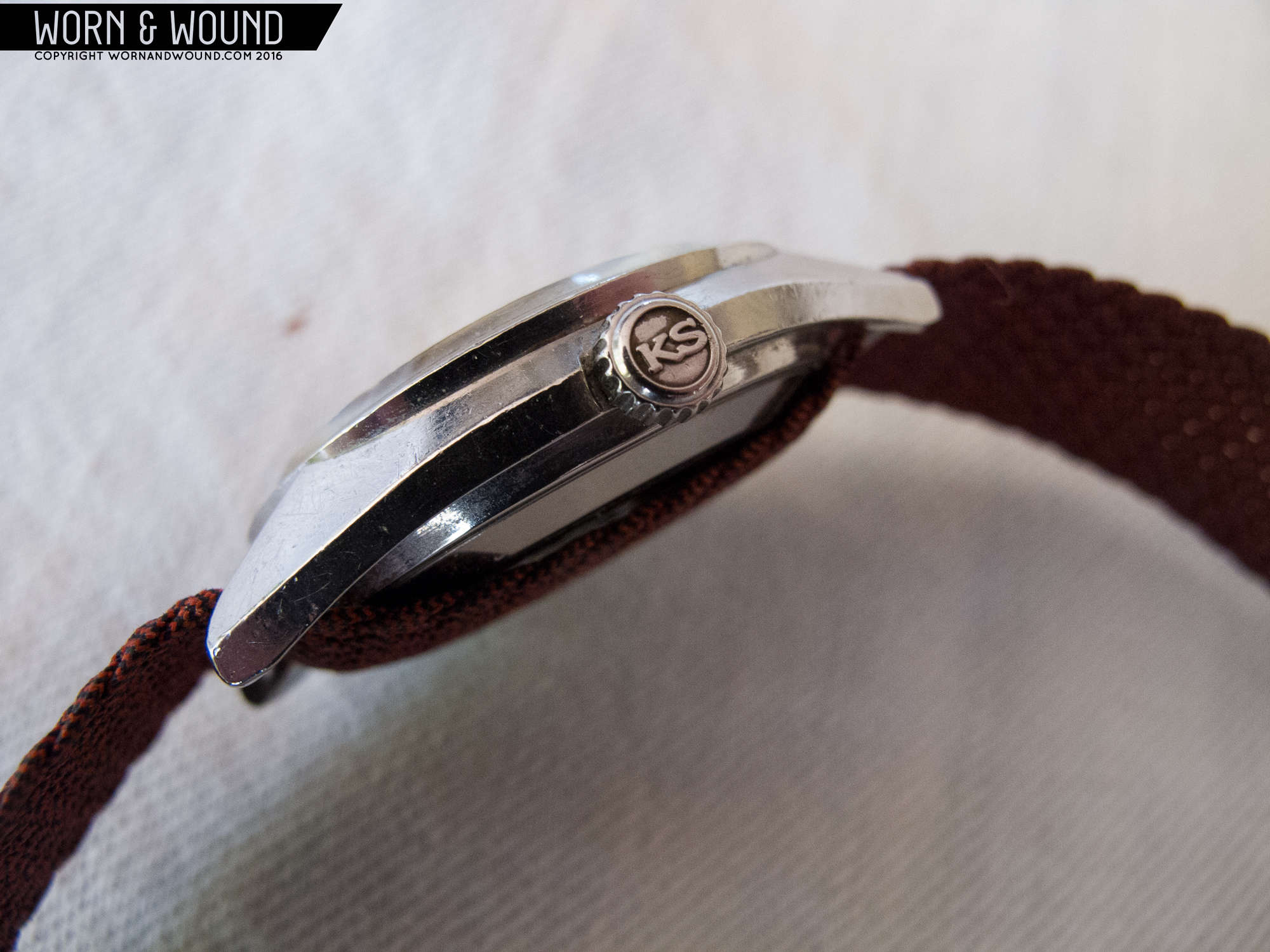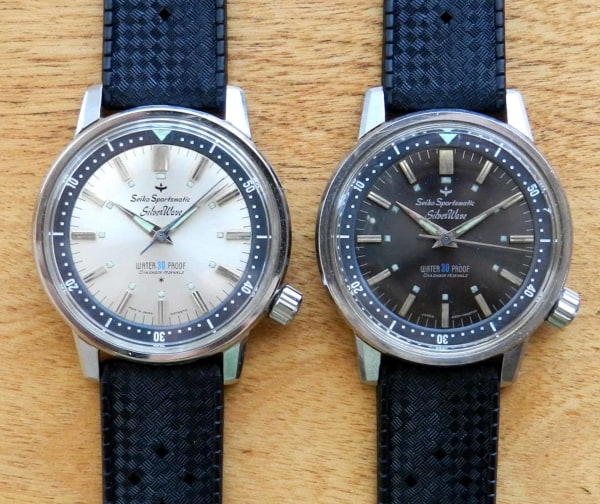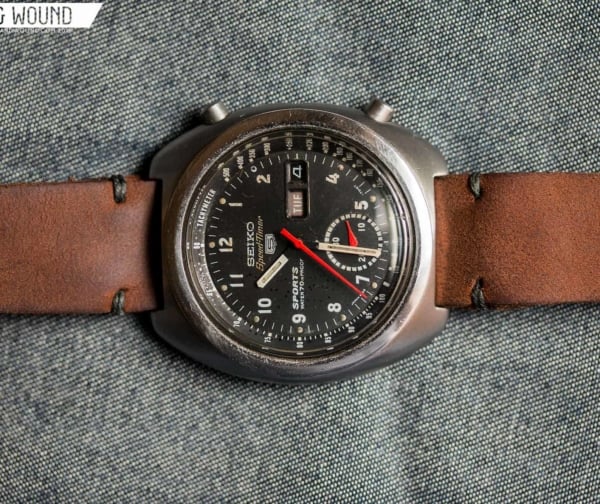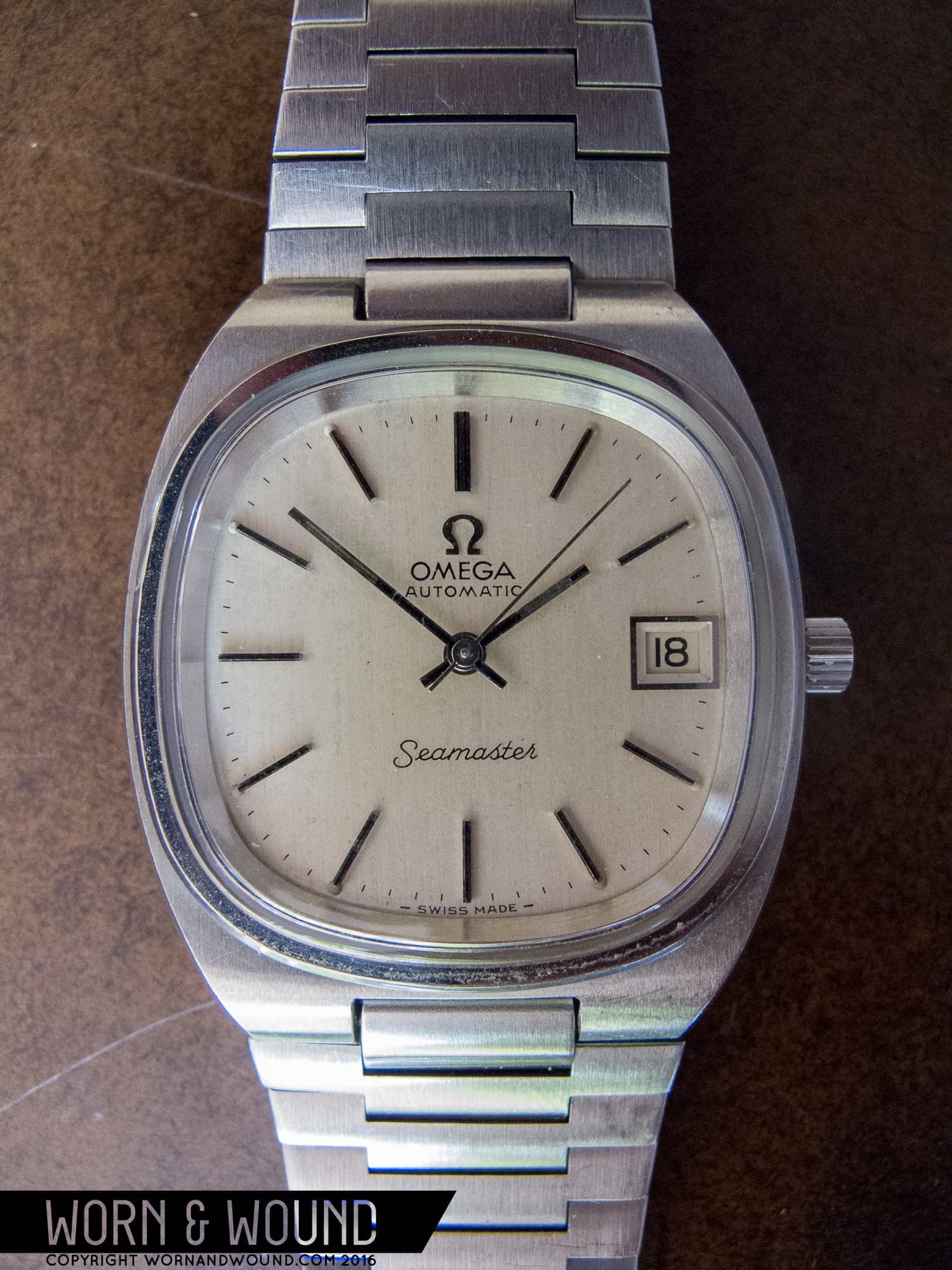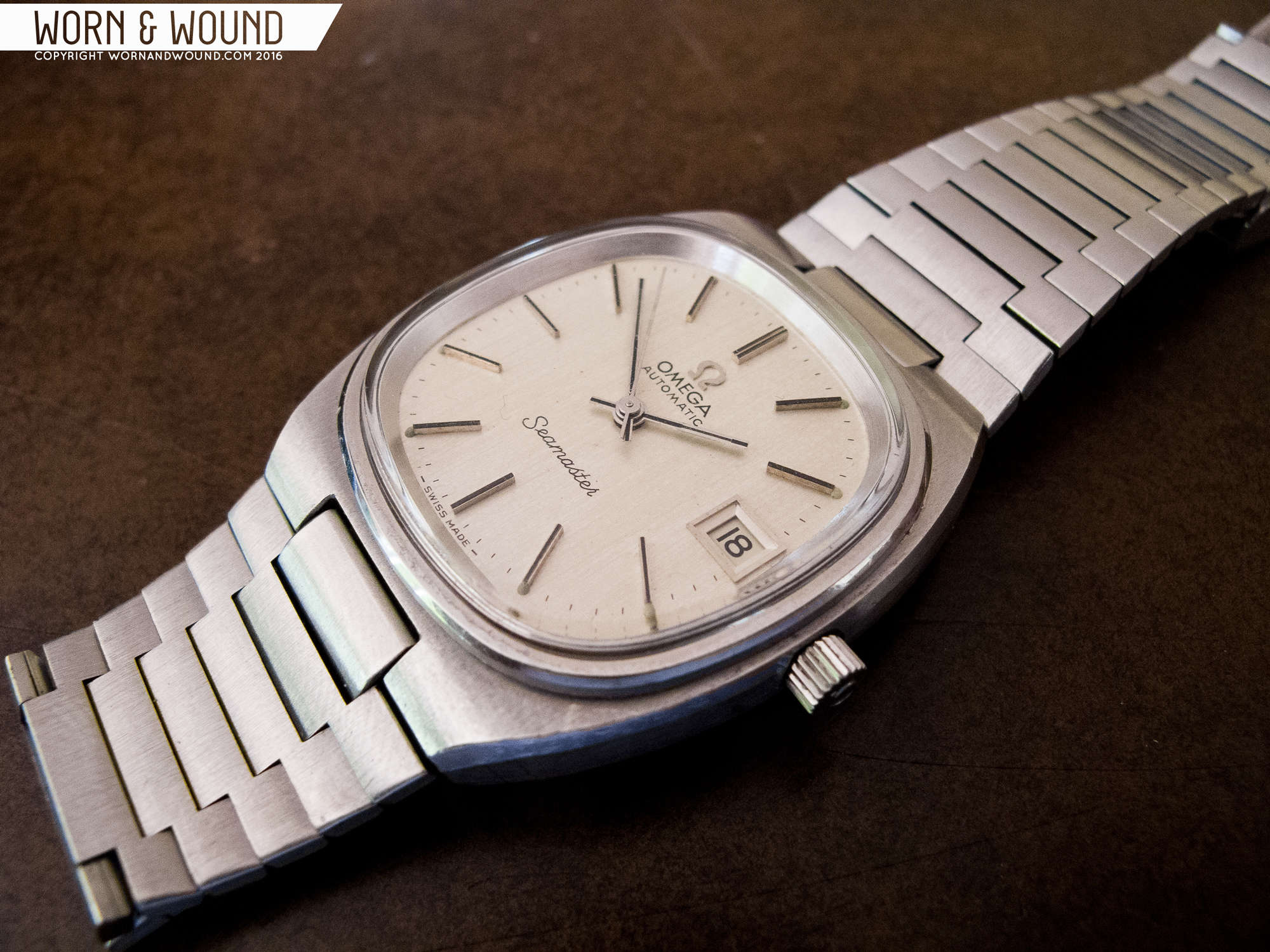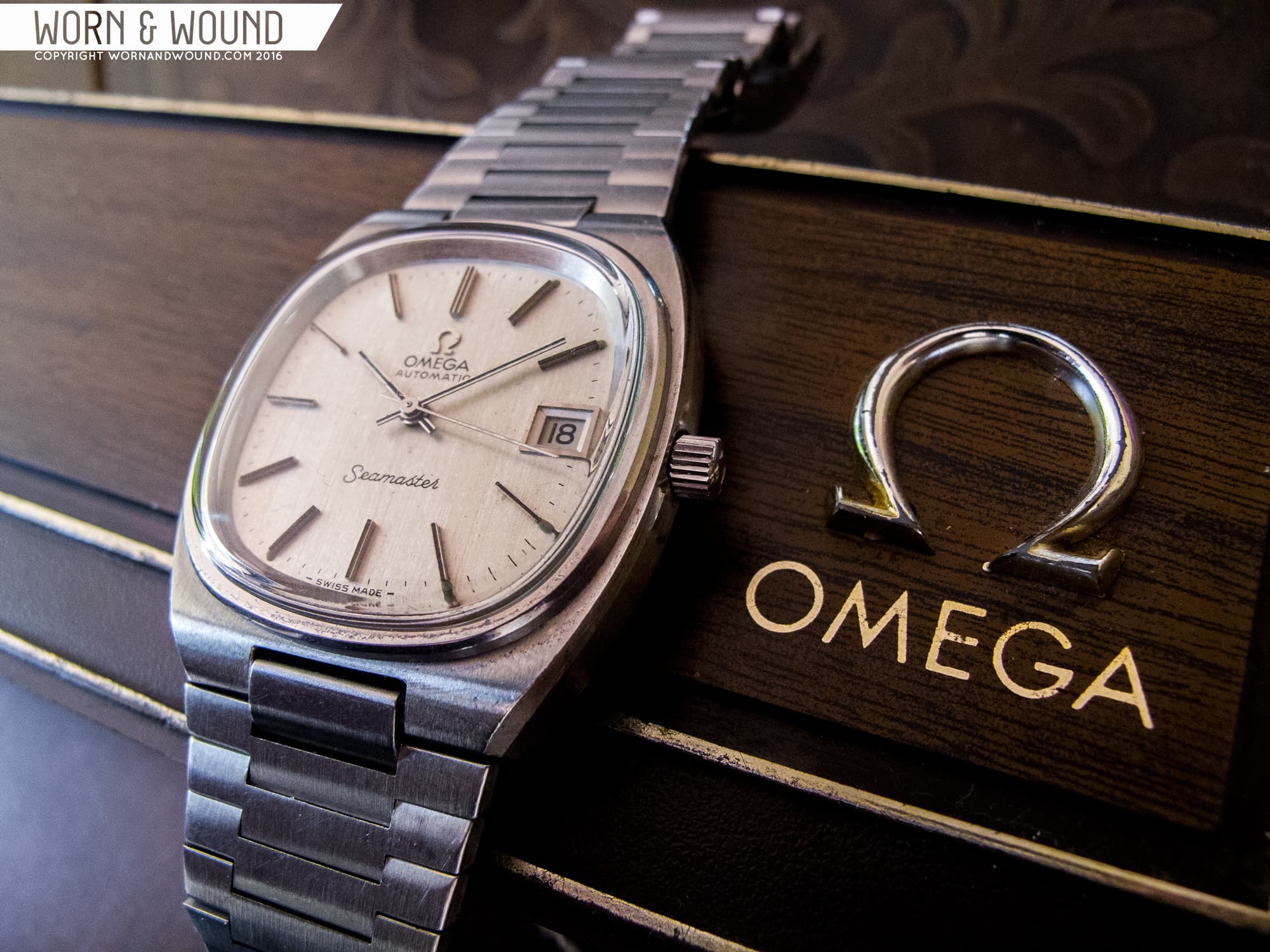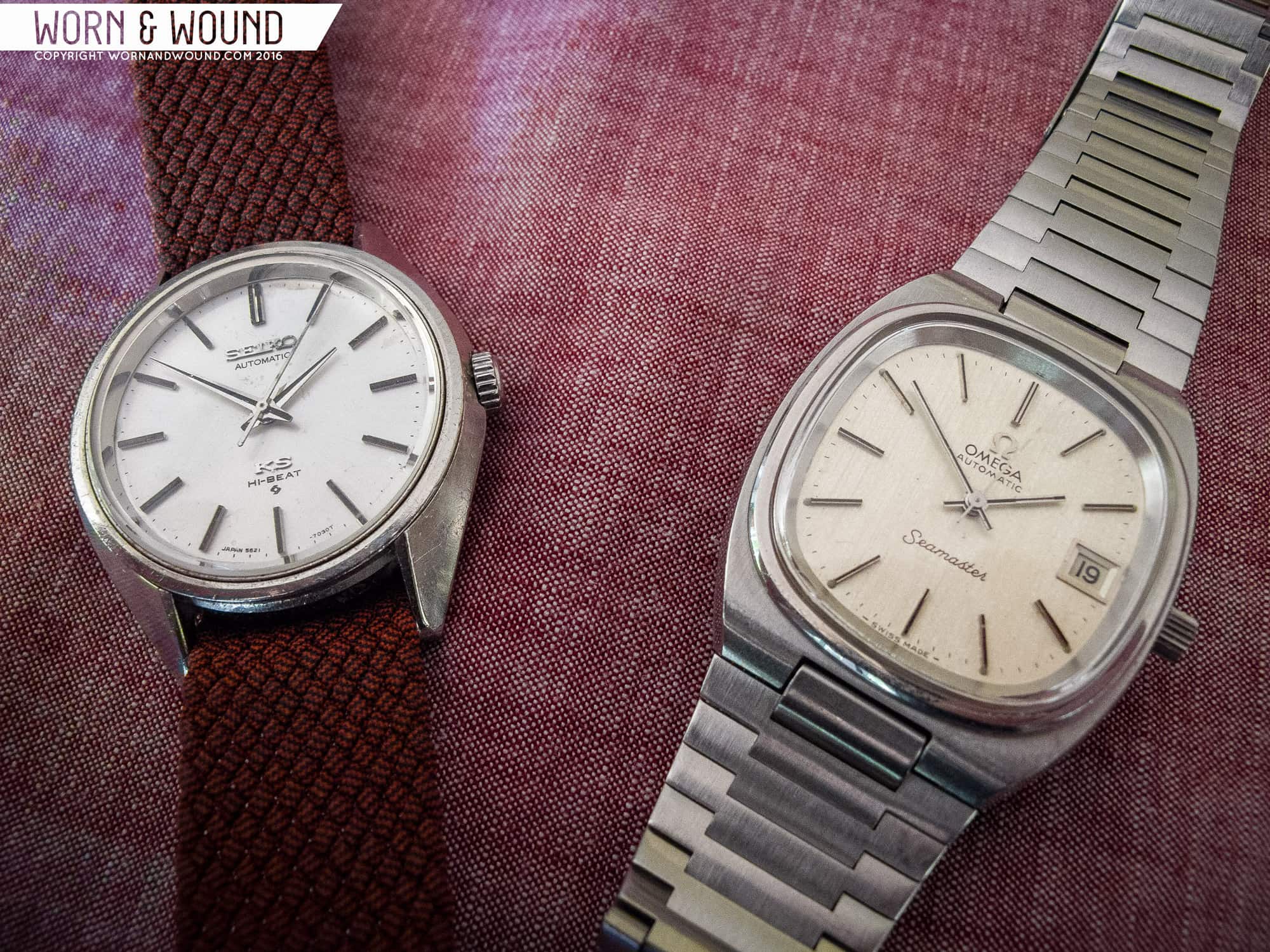One of the most difficult things about watch reviewing is that it often exists in a vacuum. While you can easily get a sense of the quality of a piece it can be tough to say how well it might stack up against its competitors, especially with the razor-thin margins that often occur between two similar watches. With that in mind, I’ve set out to get a better sense of these qualities through the simplest possible solution: competition. For this installment of Affordable Vintage, I’ve chosen to tackle ’70s sports/dress watches with two extremely similar pieces from my own personal collection. In one corner, representing the Swiss, is the 1977 Omega Seamaster Caliber 1012, reference 166.0240. On the other side, hailing from Japan, is the 1972 King Seiko 5621-7030.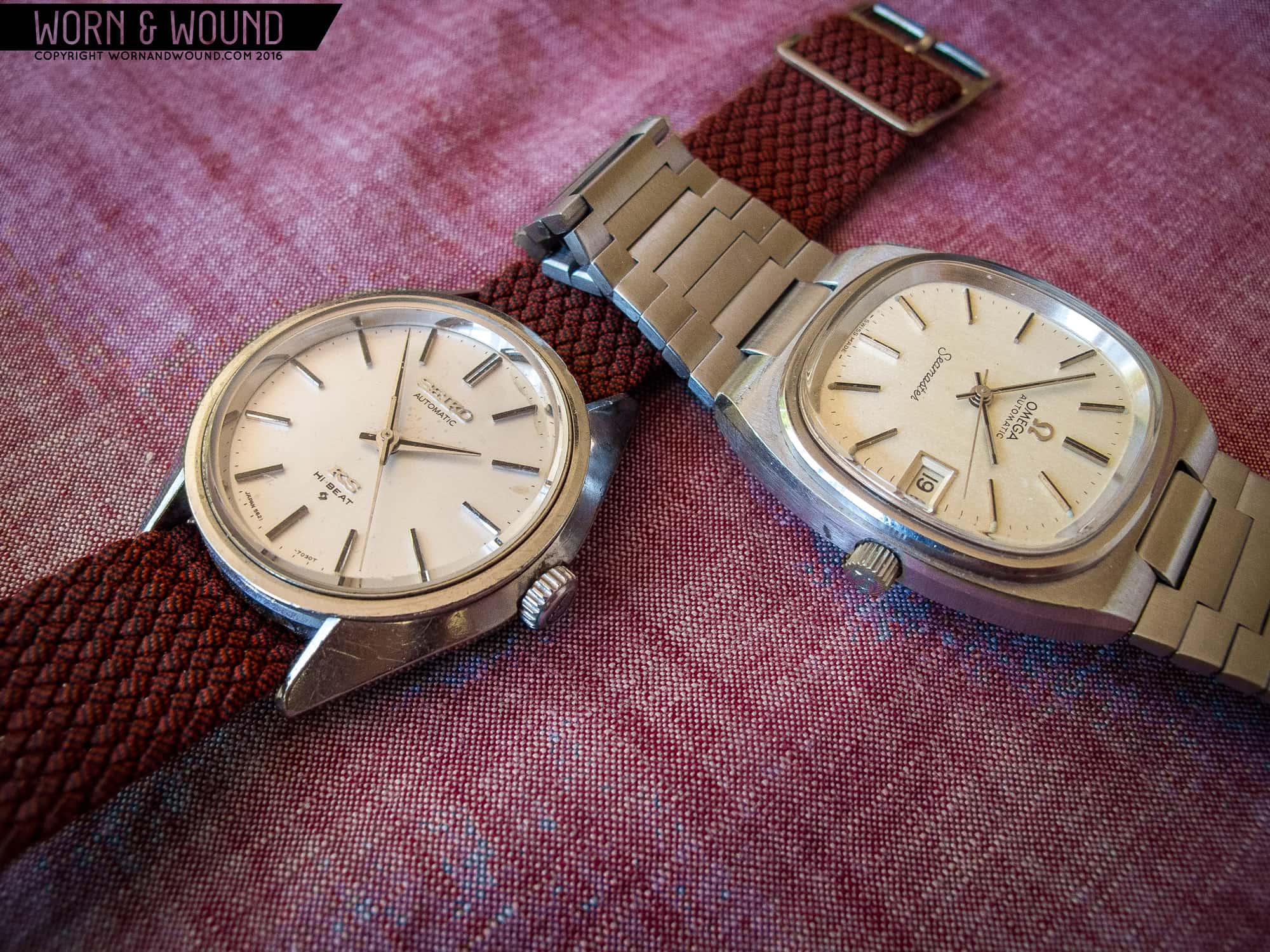 It’s remarkable how similar the two are on paper, although in execution they’re completely different. Both sport automatic movements running at a high-beat rate of 28,800 bph; both are under 40mm (the Seiko at 36mm, and the Omega just a hair smaller at 34mm, although the TV dial makes it appear larger); both have textured silver dials, signed crowns, faceted applied indices and both were at least somewhat created by a famous designer. What, then, really sets these two apart? As it turns out, quite a lot.
It’s remarkable how similar the two are on paper, although in execution they’re completely different. Both sport automatic movements running at a high-beat rate of 28,800 bph; both are under 40mm (the Seiko at 36mm, and the Omega just a hair smaller at 34mm, although the TV dial makes it appear larger); both have textured silver dials, signed crowns, faceted applied indices and both were at least somewhat created by a famous designer. What, then, really sets these two apart? As it turns out, quite a lot.









 Featured Videos
Featured Videos




